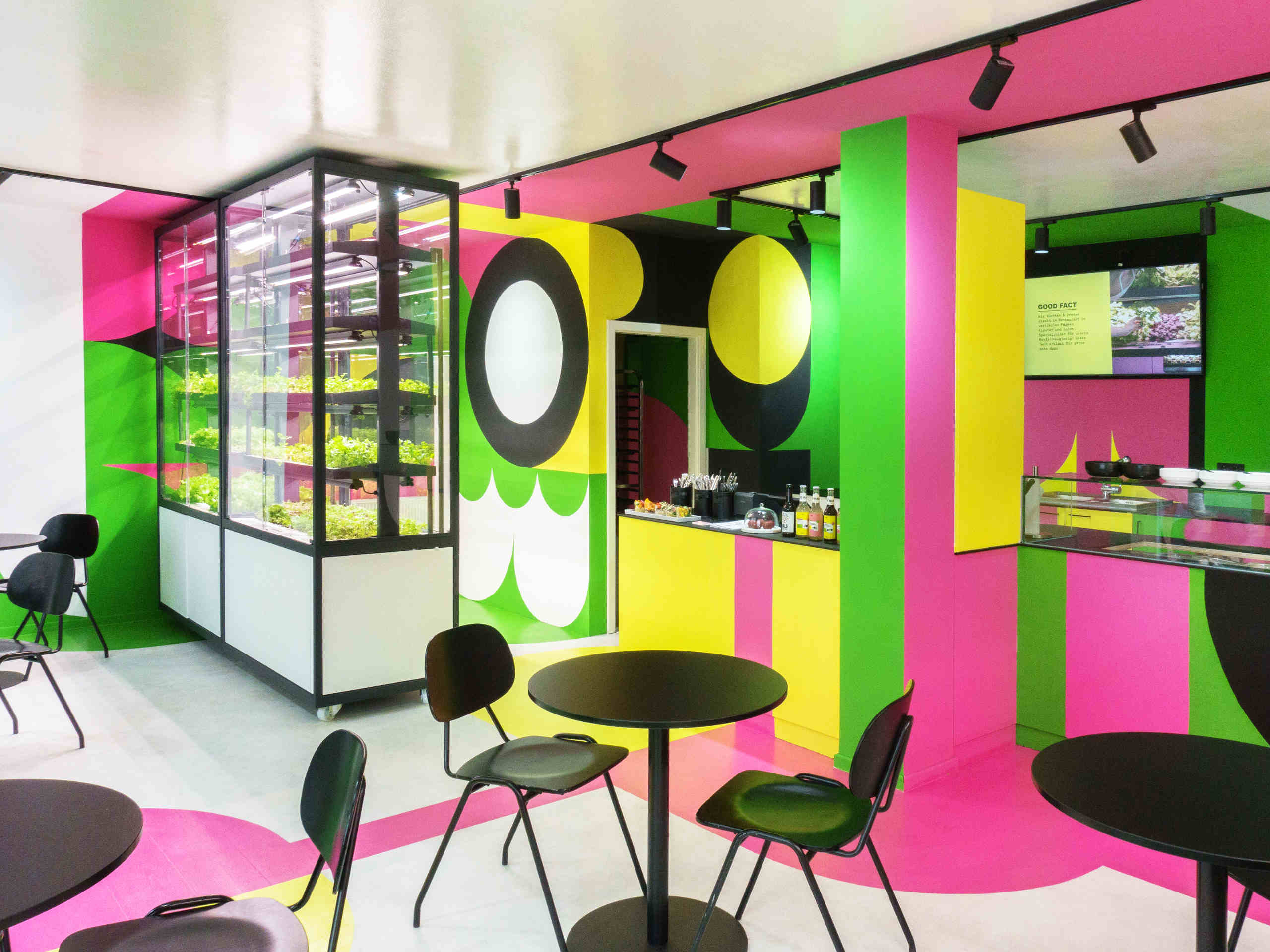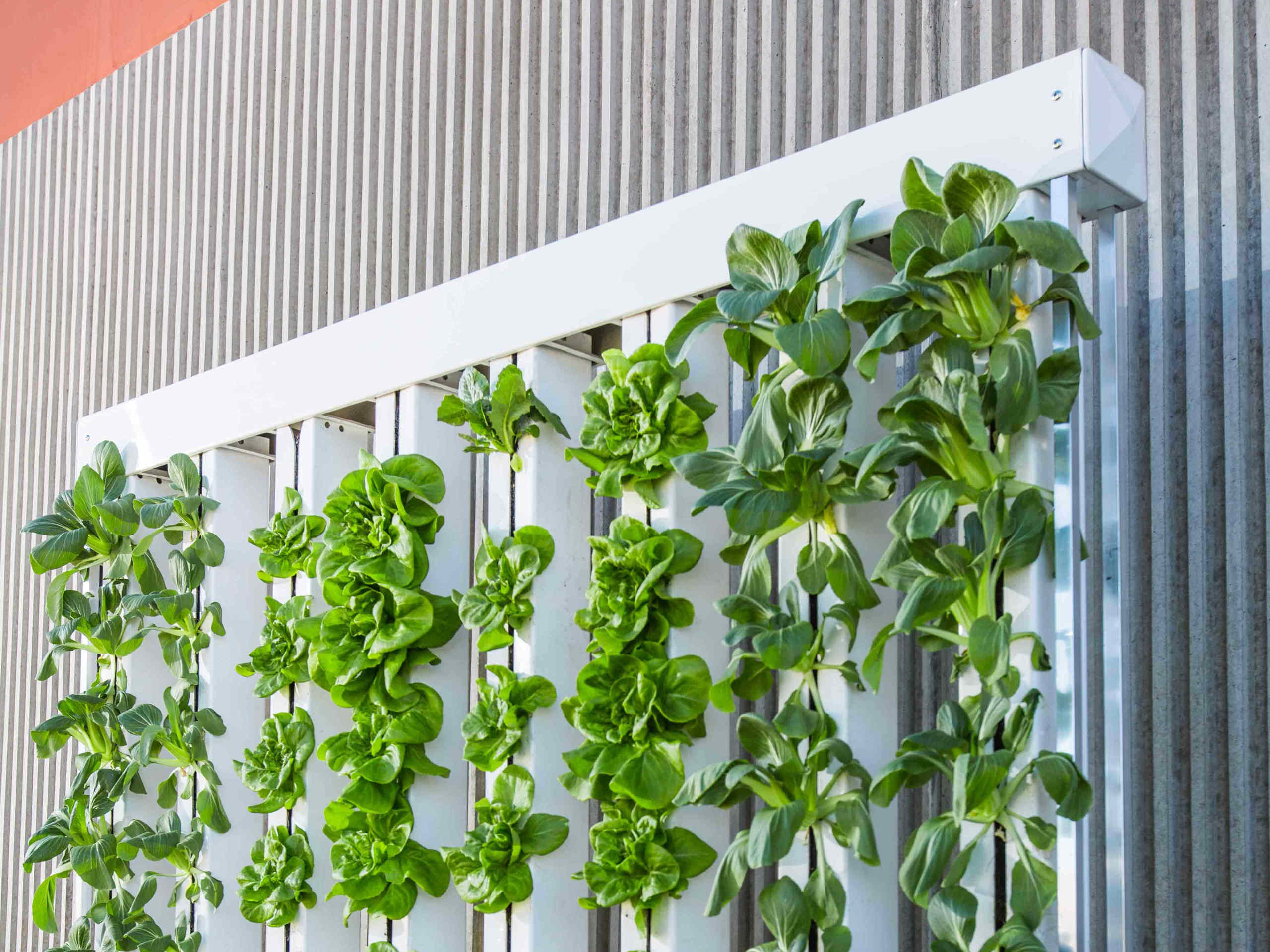Farm to table – do it yourself is in
Farm-to-table and hydroponic systems are two innovative concepts that enable sustainable agriculture and more environmentally friendly food production. In recent years, the demand for fresh, locally produced food has increased as consumers are increasingly concerned about healthy eating and interested in where their food comes from. At the same time, agriculture is struggling with challenges such as climate change, water scarcity and soil pollution.
Farm-to-table initiatives and hydroponic systems offer solutions to these problems by enabling more efficient and environmentally friendly food production. Farm-to-table initiatives encourage collaboration between local farmers and restaurants to bring fresh and seasonal produce directly from farm to table. Hydroponic systems, also known as artificial cultivation, enable more efficient use of resources such as water and nutrients by growing plants without soil.
On menus, you can find more and more terms like home-grown or home-made: lemonades, honey, up to home-made balsamic vinegar – guests love the hyper-regional, i.e. ingredients straight from the windowsill and from the backyard garden.

Foto beigestellt
From farm to table to hydroponics
Garden herbs have become the entry point into the complex world. They fit on the window sill or in a narrow shelf. The next stage of development is plant containers in front of a restaurant or business premises. Here it becomes a little more demanding. The more soil or substrate, the better. In any case, it should remain decorative and well-tended to whet the guest’s appetite for more. And for the expert, it’s hydroponics. Hydroponics is the raising and cultivation of ornamental and useful plants in a hydroponic system in which the roots of a plant are suspended in a nutrient solution, a mixture of water and nutrients dissolved in it. One of the successful concepts is Good Bank in Berlin. They grow lettuce in their own vertical farming. The demand for vertical farming is constantly increasing, both in the private sector and in gastronomy. Lettuce is perfectly suited for this. A wonderful example is the Steirereck: Pogusch PPAG architects have planned two glass houses on a slope. One of them is unheated, the other heated. The variety of plants can be enjoyed not only on the plates, but also as part of an overnight stay.

Foto beigestellt
Suitable for every gastronome
More and more people are interested in where their food comes from and are willing to pay for it. And growing your own food can be a simple start. With herbs and edible flowers such as marigolds, lavender, nasturtiums, chives, ornamental chives and many more. Overall, farm-to-table is a way for any restaurateur to offer high-quality, seasonal food that is locally sourced. It is also a way for restaurateurs to raise awareness of healthy food and strengthen the relationship between restaurant and customer.

